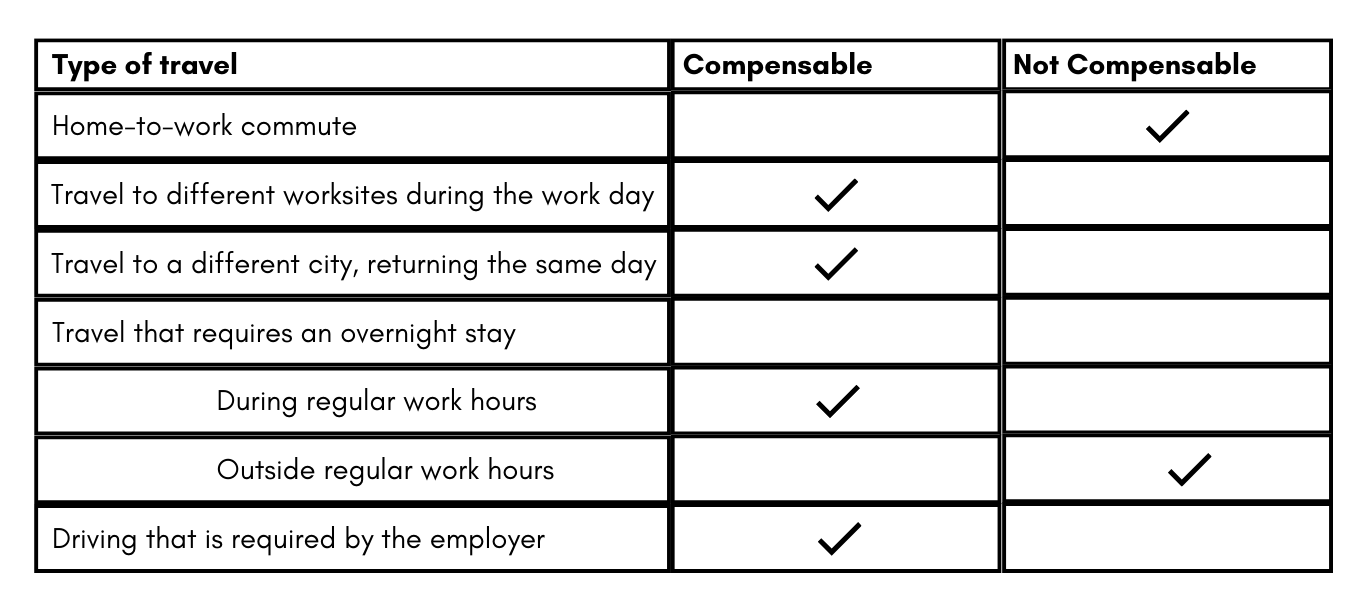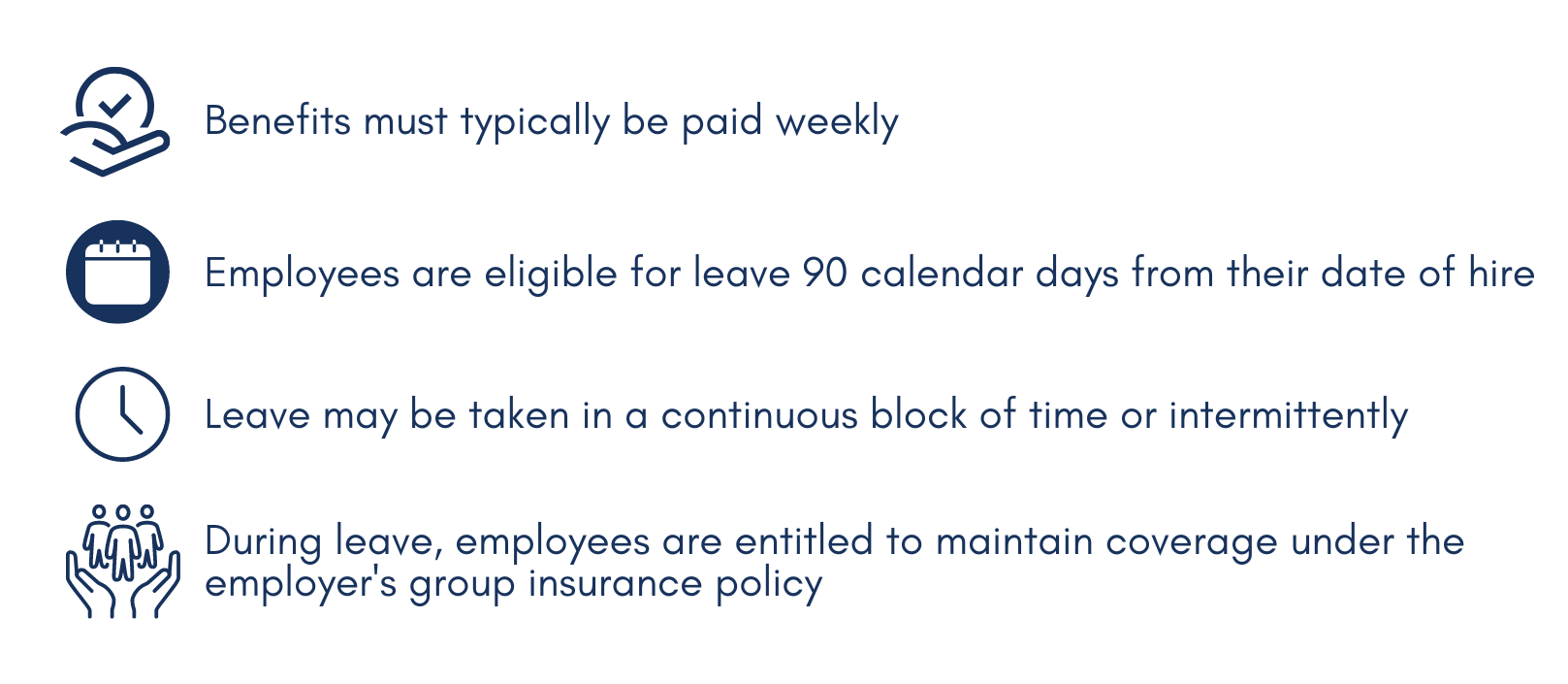The Who, What, When & Where of Credit Applications
When developing a credit application for your customers, it’s important to remember that not only will that document serve as a contractual agreement between you and your customers, but should also be used to obtain critical information that could prove crucial if the customer fails to pay. A detailed, but straight-forward application will be a valuable resource during collection activities.
As you build your application, remember to ask yourself the important “who?”, “what?”, “when?”, and “where?” questions to ensure you are collecting all the necessary information.
Who:
- Name of the business
- Doing Business As (DBA) name
What:
- Confirm the type of business entity
- Corporation, LLC, Sole Proprietor, Partnership, Limited Partnership, Limited Liability Partnership
When:
- Date of business started
- Date formally created
- Incorporated
- Registered to do business
Where:
- State formed or organized
- Principal business address
- Check the state’s Secretary of State online
- Could be “foreign” e.g. Delaware corporation operating in Minnesota
- Can learn more (registered agent, principal, other addresses, assumed/fictitious names (DBA)
Once you have gathered the information listed above, it’s time to dig a little deeper.

Specific Owner Information You Should Gather:
- Name (you might be able to confirm this with the Secretary of State office)
- Title
- Ownership interest
- Home address
- Phone (cell + home)
- Email address(s)
- Social security number
Now that you have all your customer’s information, it’s your turn to take over. By creating a credit application that clearly states the terms and conditions of the agreement between you and your customer, you’re laying the groundwork for your future relationship. A clear credit application doesn’t leave much room for disagreement. It’s vital to understand your rights and obligations as the creditor, to mitigate any future risk due to non-payment or other financial issues.
Terms & Conditions We Recommend Including in Your Application:
- Costs of collection (court fees, attorney fees, collection agency fees)
- Chose of law, venue, jurisdiction
- What law governs
- Choice of venue at your discretion
- Credit limit
- Security interest
- Security interest security interest
- May need to perfect UCC-1 filing
- Terms of Sale-e.g., Net 30
- Interest (usury laws differ state to state)
Are you Going to Include a Personal Guarantee Requirement?
Putting a personal guarantee in place creates another pocket of risk, as it can be relatively easy for an owner to walk away from an LLC and form another. It also elevates your priority as a creditor to your customer. If your loan contains a personal guarantee, and a different loan does not, it’s likely that your customer will pay you first.
If you are going to include the personal guarantee, the owner/principal should be the signer, or whomever made money from your advancement of credit. We recommend making the personal guarantee portion of your credit application as clear and unambiguous as possible. If you put the guarantee within the credit application, it should be set apart, and include a clear, separate line for the signature. You also have the option to add the personal guarantee as an addendum in a new document if or when the credit risk has increased.
A personal guarantee doesn’t have to be a lengthy undertaking. Here are some terms that should be included in your personal guarantee:
- Costs of collection-not dependent on success
- court fees
- attorney fees
- collection agency fees
- Choice of law, venue, and jurisdiction
- Continuing
- Sign with home address and SSN
- Witness or notary
Taking the time to build your credit application in a way that supports your business and protects against risk should not only help you get paid on time, but also maintain a good relationship with your customers by eliminating the space for disagreement over repayment of loans. Make sure to keep good records of all signed copies of the credit application, personal guarantee, promissory notes, etc. We also recommend making yourself familiar with laws and statutes that impact creditors such as the Equal Credit Opportunity Act (ECOA) and the Fair Credit Reporting Act (FCRA).
Have questions about your credit application? Reach out to WFJ for a consultation today!




